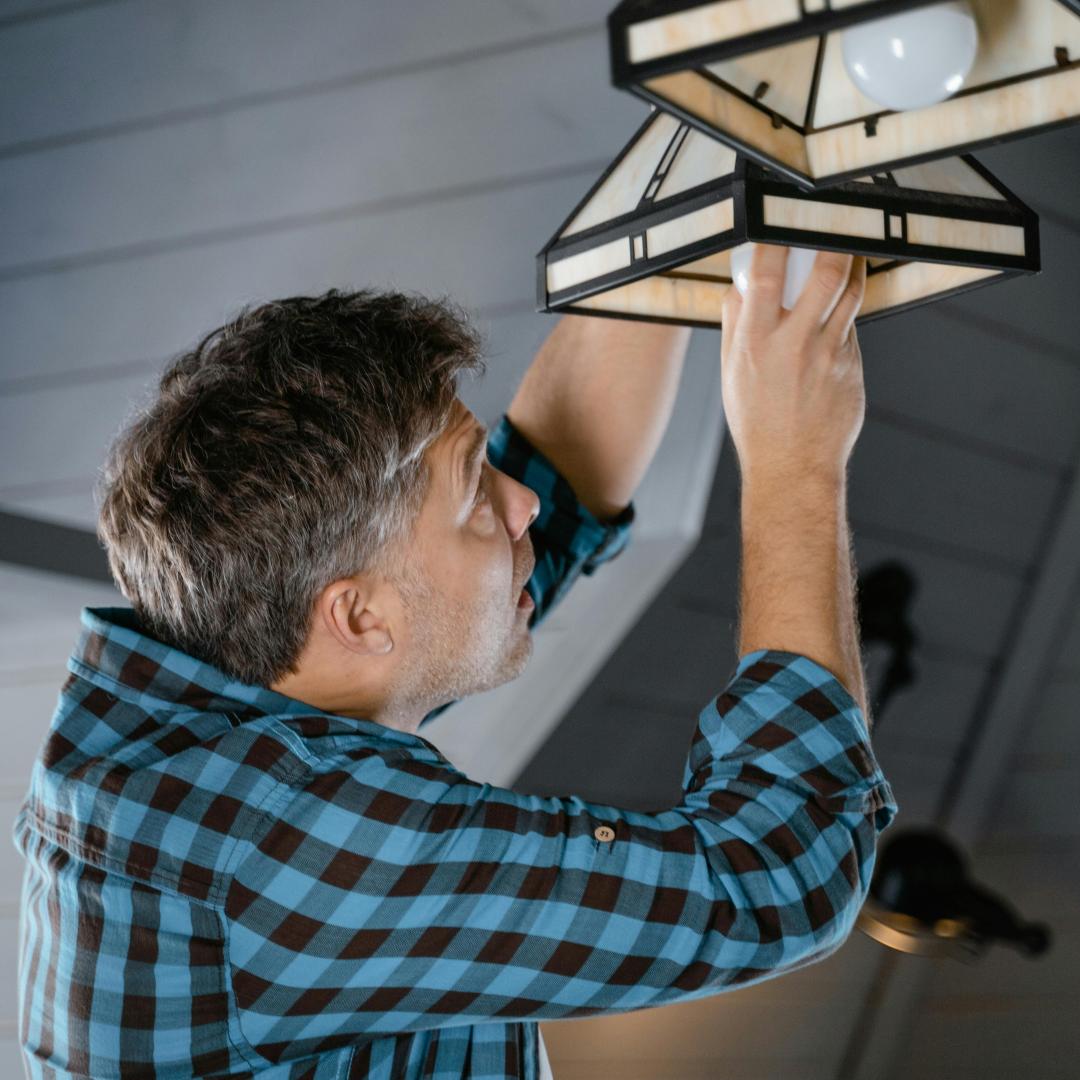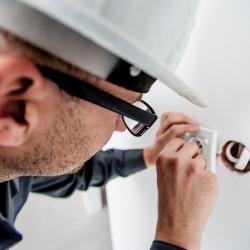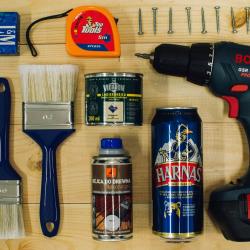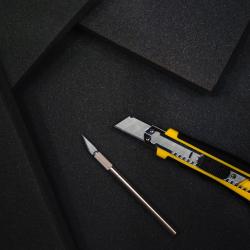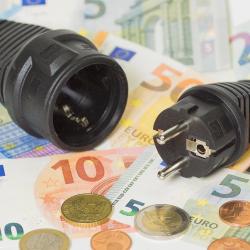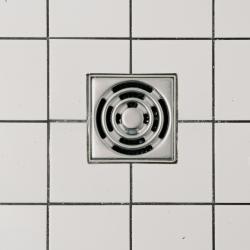Fixing Common Electrical Problems Safely
Every homeowner will inevitably face electrical issues at some point. From flickering lights to malfunctioning outlets, electrical problems can cause inconvenience and even pose safety hazards if not addressed properly. While some issues may require the expertise of a licensed electrician, many common problems can be safely tackled by informed homeowners. This guide offers practical advice on how to troubleshoot and fix common electrical problems safely and effectively.
Understanding the Basics
Before attempting any electrical work, it's crucial to understand some basic principles:
-
Safety First: Always prioritize safety. Ensure that the power is turned off at the circuit breaker before starting any electrical work.
-
Tools of the Trade: Have the right tools on hand, including insulated screwdrivers, a voltage tester, wire cutters, and electrical tape.
-
Know Your Limits: Some electrical issues require professional intervention. If you're unsure or uncomfortable, consult a licensed electrician.
Common Electrical Problems and How to Fix Them
- Flickering Lights
Flickering lights are often caused by loose bulbs or faulty wiring. Here's how to address the issue:
- Turn off the power to the light fixture at the circuit breaker.
- Tighten the bulb to ensure it's securely connected.
- If flickering persists, check the wiring connections within the fixture and tighten any loose wires.
- Tripped Circuit Breakers
Circuit breakers are designed to trip when there's an overload, preventing overheating and potential fires. Here's what to do:
- Identify the breaker that has tripped and reset it by flipping it to the "off" position and then back to "on."
- If the breaker trips again, unplug devices on that circuit to reduce the load.
- Consider redistributing appliances across different circuits or call an electrician for further evaluation.
- Dead Outlets
Non-functional outlets can arise from several issues, including tripped GFCIs or faulty wiring:
- Test nearby outlets. If they are also dead, check your GFCI outlet and reset it with the “reset” button.
- If this doesn’t work, inspect the circuit breaker for any tripped circuits.
- Ensure that wiring connections behind the outlet are secure. If unsure, contact a professional.
- Light Switches Not Working
Faulty switches can stem from wiring issues or the switch itself being defective:
- Turn off power from the circuit breaker before removing the switch cover.
- Check if wires are securely fastened; if not, reattach them.
- Replace the switch if it appears worn out, being careful to connect wires to the correct terminals.
- Power Surges
Power surges can damage appliances and electronics, often due to electrical storms or faulty wiring:
- Use surge protectors for your electronic devices.
- If surges are frequent, consult an electrician to inspect your wiring and grounding system.
- Warm Outlets or Switches
Warm outlets or switches can indicate electrical overload or faulty wiring, which can be a fire risk:
- Stop using the outlet immediately and switch off the circuit breaker.
- Consult a professional to inspect and address the problem.
Conclusion
While many electrical problems are common and can be resolved with a basic understanding and caution, it’s imperative to know when to call a professional. Electrical mishaps can be dangerous, and safety should always be the number one concern. By following the guidelines above and exercising appropriate caution, homeowners can confidently address minor electrical issues and ensure that their homes remain safe and functional. Remember, when in doubt, always protect your safety and seek professional assistance.
